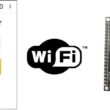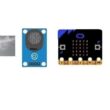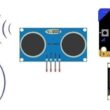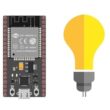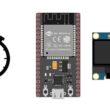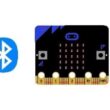Control four LEDs by Arduino UNO
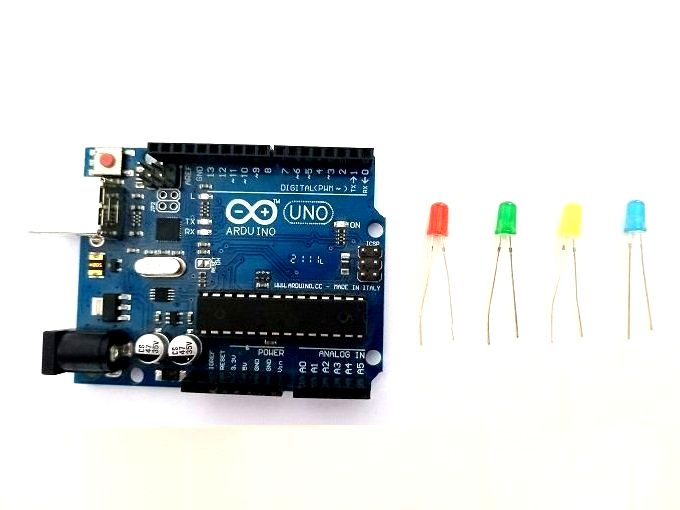
Tutorial plan
1- Role of LEDs in robotics
2- The components needed to control four LEDs by Arduino UNO
3- Mounting Arduino UNO with four LEDs
4- Lighting four LEDs by Arduino UNO
5- Turn on four LEDs alternately by Arduino UNO
Role of LEDs in robotics
LEDs (Light-Emitting Diodes) play various roles in robotics, offering both functional and aesthetic benefits. Here are some common roles of LEDs in robotics:
Indication and Status Feedback: LEDs are often used to provide visual feedback in robotics systems. They can be programmed to indicate the status of different components or subsystems. For example, an LED might indicate whether the robot is powered on, if a specific sensor is activated, or if a task or action is in progress.
Object Detection and Sensing: In certain robotic applications, LEDs are utilized as light sources for object detection and sensing. For instance, infrared LEDs can be used in conjunction with infrared sensors to enable proximity sensing or line following. By emitting light and measuring the reflected or blocked signals, the robot can detect and navigate its environment.
Communication and Signaling: LEDs can be employed as part of a communication system between robots or between a robot and humans. By using different colors, blinking patterns, or sequences, LEDs can convey specific messages or signals. For example, a robot might use LEDs to signal that it is ready to receive commands, indicate a specific error condition, or display a warning.
Decorative and Aesthetic Purposes: LEDs can also serve as decorative elements in robotics. They can be integrated into a robot's design to enhance its appearance or create visual effects. This is particularly common in educational or hobbyist robotics projects, where LEDs are used to make the robot more visually appealing or to give it a distinctive look.
Safety and Visibility: In certain robotic applications, LEDs are employed to enhance safety and improve visibility. For instance, robots operating in low-light environments or hazardous areas can be equipped with bright LEDs to make them more visible to humans or to indicate their presence.
The components needed to control four LEDs by Arduino UNO
To control foor LEDs using a Micro:bit, you will need the following components:
Arduino UNO board: This is the microcontroller board that will be responsible for programming and controlling the LEDs.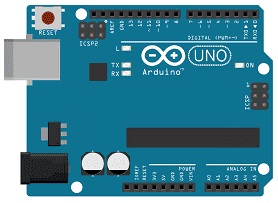
LEDs: You will need foor LEDs of your choice. These can be regular LEDs or RGB LEDs, depending on your project requirements.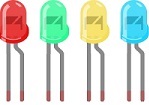
Resistors: LEDs require current-limiting resistors to prevent them from burning out. The value of the resistor depends on the forward voltage and current rating of the LEDs. A typical value for a standard LED is around 220-470 ohms.
Jumper wires: You will need jumper wires to connect the Micro:bit's GPIO pins to the LEDs and resistors.
Breadboard (optional): If you prefer to use a breadboard for easy prototyping and connection, you can use it to connect the LEDs, resistors, and jumper wires.
With these components, you can connect the LEDs to the ESP32's GPIO pins using the resistors to limit the current. You can then program the Micro:bit to control the GPIO pins and turn the LEDs on or off.
Mounting the Arduino UNO card with four LEDs
To mount an Arduino UNO with fourth LEDs, follow these steps:
1- Place the Arduino UNO on the breadboard, spanning the middle gap. Make sure the side with the USB port is facing outwards.
2- Insert the fourth LEDs into the breadboard, one near each edge, as follows:
Insert the cathode (shorter leg) of the first LED into a row on one edge of the breadboard.
Insert the cathode of the second LED into a row on the other edge of the breadboard.
Insert the cathode of the third LED into a row on the same edge as the first LED.
Insert the cathode of the fourth LED into a row on the same edge as the first LED.
3- Connect the anode (longer leg) of each LED to a separate resistor. The other end of each resistor will be connected to the Arduino UNO.
4- Connect one end of the first resistor to digital pin 2 on the Arduino UNO.
Connect one end of the second resistor to digital pin 3 on the Arduino UNO.
Connect one end of the third resistor to digital pin 4 on the Arduino UNO.
Connect one end of the fourth resistor to digital pin 5 on the Arduino UNO.
5- Connect the cathode (shorter leg) of each LED to the adjacent GND (Ground) pin on the Arduino UNO. This will complete the circuit.
6- Ensure that the Arduino UNO is powered either via USB connected to your computer or an external power source.
You have now mounted the Arduino UNO with fourth LEDs. You can proceed with programming the Arduino to control the LEDs using the appropriate code.
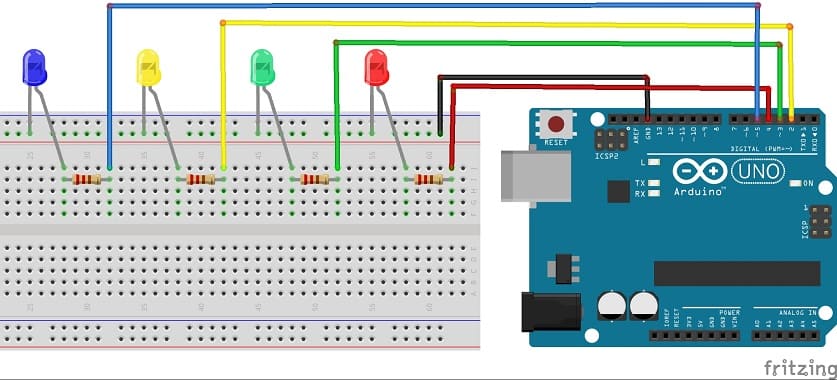
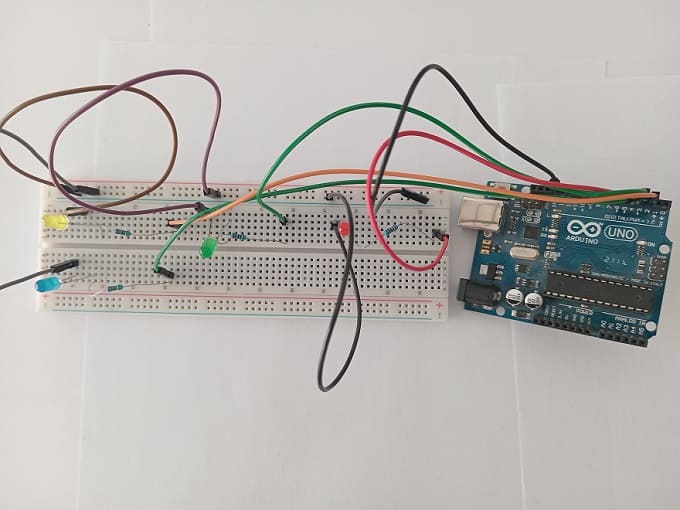
Lighting four LEDs by the Arduino UNO
Now, you can program the Arduino to control the LEDs. Here's an example code to turn on and off the LEDs sequentially:
|
1 2 3 4 5 6 7 8 9 10 11 12 13 14 15 16 17 18 19 20 |
const int ledPin1 = 2; // Digital pin for the first LED const int ledPin2 = 3; // Digital pin for the second LED const int ledPin3 = 4; // Digital pin for the third LED const int ledPin4 = 5; // Digital pin for the fourth LED void setup() { pinMode(ledPin1, OUTPUT); // Set the first LED pin as output pinMode(ledPin2, OUTPUT); // Set the second LED pin as output pinMode(ledPin3, OUTPUT); // Set the third LED pin as output pinMode(ledPin4, OUTPUT); // Set the fourth LED pin as output digitalWrite(ledPin1, HIGH); // Turn on the first LED digitalWrite(ledPin2, HIGH); // Turn on the second LED digitalWrite(ledPin3, HIGH); // Turn on the third LED digitalWrite(ledPin4, HIGH); // Turn on the fourth LED } void loop() { } |
Upload this code to your Arduino UNO using the Arduino IDE or any other compatible programming environment. The foor LEDs will now light up
Alternately light fourth LEDs by the Arduino UNO
To alternately light fourth LEDs using an Arduino UNO, you can program the Arduino to alternate the LEDs.
|
1 2 3 4 5 6 7 8 9 10 11 12 13 14 15 16 17 18 19 20 21 22 23 24 25 26 27 28 29 |
const int ledPin1 = 2; // Digital pin for the first LED const int ledPin2 = 3; // Digital pin for the second LED const int ledPin3 = 4; // Digital pin for the third LED const int ledPin4 = 5; // Digital pin for the fourth LED void setup() { pinMode(ledPin1, OUTPUT); // Set the first LED pin as output pinMode(ledPin2, OUTPUT); // Set the second LED pin as output pinMode(ledPin3, OUTPUT); // Set the third LED pin as output pinMode(ledPin4, OUTPUT); // Set the fourth LED pin as output } void loop() { digitalWrite(ledPin1, HIGH); // Turn on the first LED delay(1000); // Wait for 1 second digitalWrite(ledPin1, LOW); // Turn off the first LED digitalWrite(ledPin2, HIGH); // Turn on the second LED delay(1000); // Wait for 1 second digitalWrite(ledPin2, LOW); // Turn off the second LED digitalWrite(ledPin3, HIGH); // Turn on the third LED delay(1000); // Wait for 1 second digitalWrite(ledPin3, LOW); // Turn off the third LED digitalWrite(ledPin4, HIGH); // Turn on the fourth LED delay(1000); // Wait for 1 second digitalWrite(ledPin4, LOW); // Turn off the fourth LED } |
Upload this code to your Arduino UNO using the Arduino IDE or any other compatible programming environment.
The fourth LEDs will now alternately light up one after the other, with a delay of 1 second between each LED. Adjust the delay according to your preference.



















